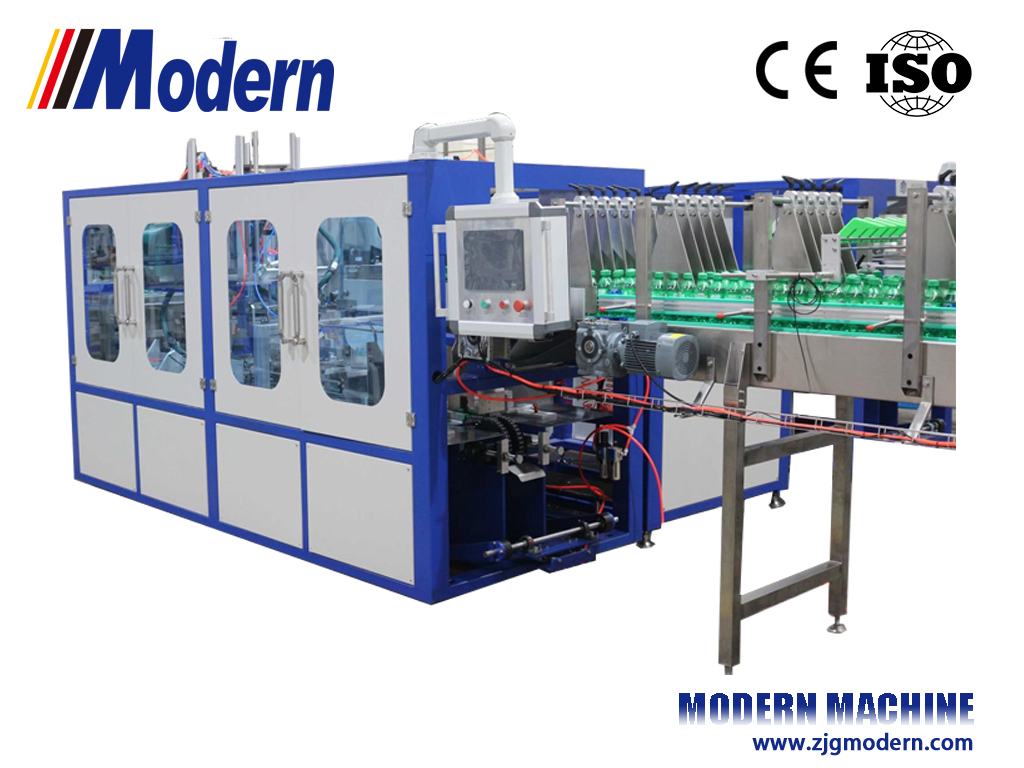By learning what each of these levels are, and have been over the various stages of technology in bottling machines, we can get a better understanding of how they work to make our bottling processes more efficient.
A lot of human intervention: manual bottling machines. Employees need to perform the majority of tasks, such as loading bottles on a conveyor and manually capping them. While that is a slow and exhausting process, it also gives workers greater control over that process.
Semi-automatic bottling equipment requires a level of human interaction while automatic machines are capable of running with very little manpower behind them. Bottles still need to be loaded onto the conveyor belt by workers, but tasks like filling and capping can be automated. It helps to make the task easier and less time-consuming than manually bottling the substance.

— Fully automatic bottling machines. The top-of-the-line fully automated models are the most sophisticated of their kind. These turntables can handle almost any part of the process from loading bottles in to filling and capping, even getting labels across the bottle if necessary. This is the fastest, most efficient level of automation that does come at a higher up-front cost and with more to maintain.
Businesses must consider the pros and cons of manual, semi-automatic, and fully automatic bottling stages to determine which level of automation is best for them. Manual bottling is more cost effective at the outset but it is also slower and less accurate. Semi-automatic bottling is the happy-medium of cost and efficiency, while fully automatic bottling boasts the fastest throughputs with the highest degree of accuracy.
It is important to delve into the contributions of technology in increasing productivity for bottling operations. Bottling machines have been around for a long time, and when it comes to technological advancement, everything from simple better capping mechanisms is being improved upon. Newer Beer bottling line systems even have abilities which can change the levels at which it fills on the fly! These are advances that save businesses time, save them money in the process, and allows them to make more consistent products over time.
As with the past transformations, however, we can see some vestiges of dream weavers in the way companies take up shiny new machines. People had to spend a lot of manual effort, and the margin for errors was too high with older machines. Current machines are faster, more accurate and easily integrable with wider production lines. This has allowed companies to boost their work with retained high-level quality.
An ideal amount of automation in bottling operations is vital in order to maintain a high level of productivity. Automating to the right degree can help businesses reduce costs, meet customer demand and increase the quality of products. With modern technology, it is possible for the bottling process to become more efficient than ever before.
To sum it up, the degree of automation in bottling machines determines Water bottling plant production practicability and cost-efficiency. Dealing with the levels of automation is all about being aware of what can and can not be automated.Having a realistic vision on this can help business to decide where to focus their efforts. As more technologies and innovations develop, the process of bottling has evolved to create new advantages for businesses looking to enhance the quality of their products and produce a larger output.